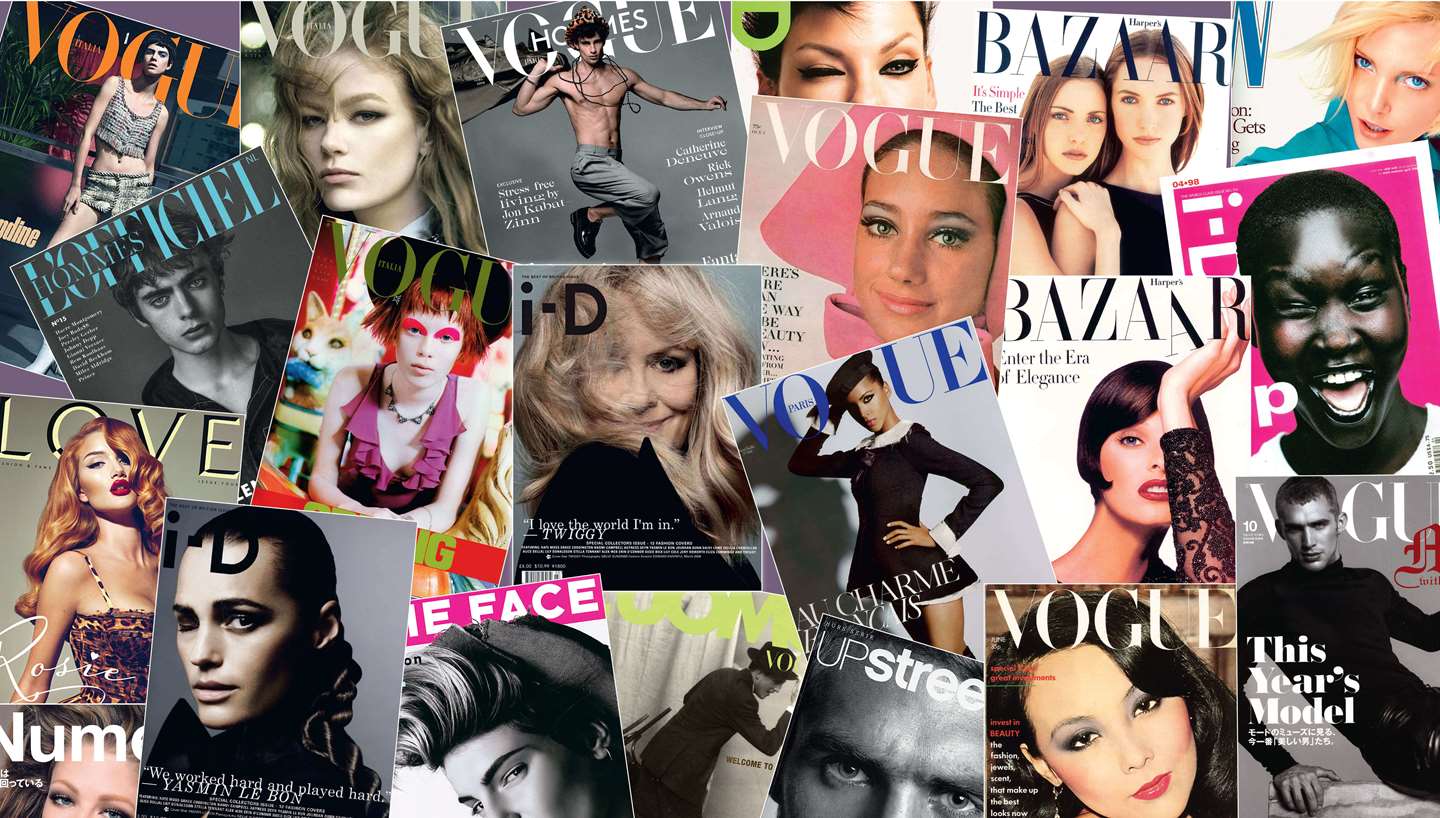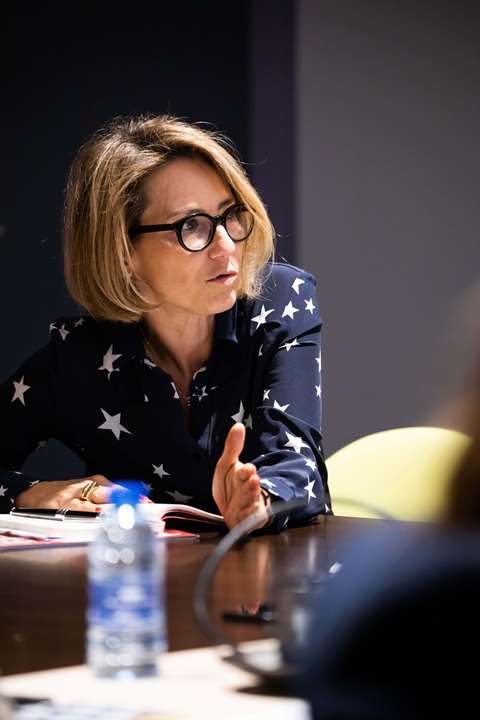‘Print is a natural place to belong for luxury brands – they share similar values,’ says Moët Hennessy’s Global Branding and Media Director Véronique Louise. ‘In a world of fake news and superficial images, where time is lacking, print publications stand for substance and meaning.’
Substance and meaning misinterpreted by mass marketers, ad execs and CMOs who, when faced with ROI and budget decisions side line print media in favour of digital, in the belief that online channels are the most effective way to reach and engage customers in the modern age.
Yet cold hard metrics – the bedrock on which many a digital strategy is built – prove otherwise. In their 2018 report ‘Re-evaluating Media’, Radiocentre and Ebiquity found that advertisers and agencies rank newspapers and magazines eighth and ninth for effectiveness among media formats. In fact, newspapers and magazines rank joint third in the league table of top 10 media formats for effectiveness – beating online media, paid social and online display.
One sector hasn’t had its head turned. The luxury market – significant for its influence and spending power – has taken a more circumspect approach to the ‘print is dead’ headlines.
‘What sets a luxury brand apart from an everyday brand lies in its essence, which is an act of creation. It’s about a vision brought to life via an uncompromising commitment to craftmanship. Sustainable quality and creativity are the reasons why consumers grant luxury brands their trust, why they are inspired by them,’ Véronique Louise explains. ‘In the same way it takes time to craft a lux product or experience, print offers a precious time of lean back to its readers; it develops trusted POVs and offers a great and safe environment for the brand. Print has an important role to play in the connecting strategy of lux brands.’
A view borne out by the sector’s predicted ad spend. Global media planning agency Zenith forecast 55% of luxury brands’ advertising spend will go to magazines in 2019. The figure rises to 66% when the sector’s overall spend on print advertising is factored in.
Here’s 7 reasons why luxury’s love of traditional media has lessons to teach the mass market…














